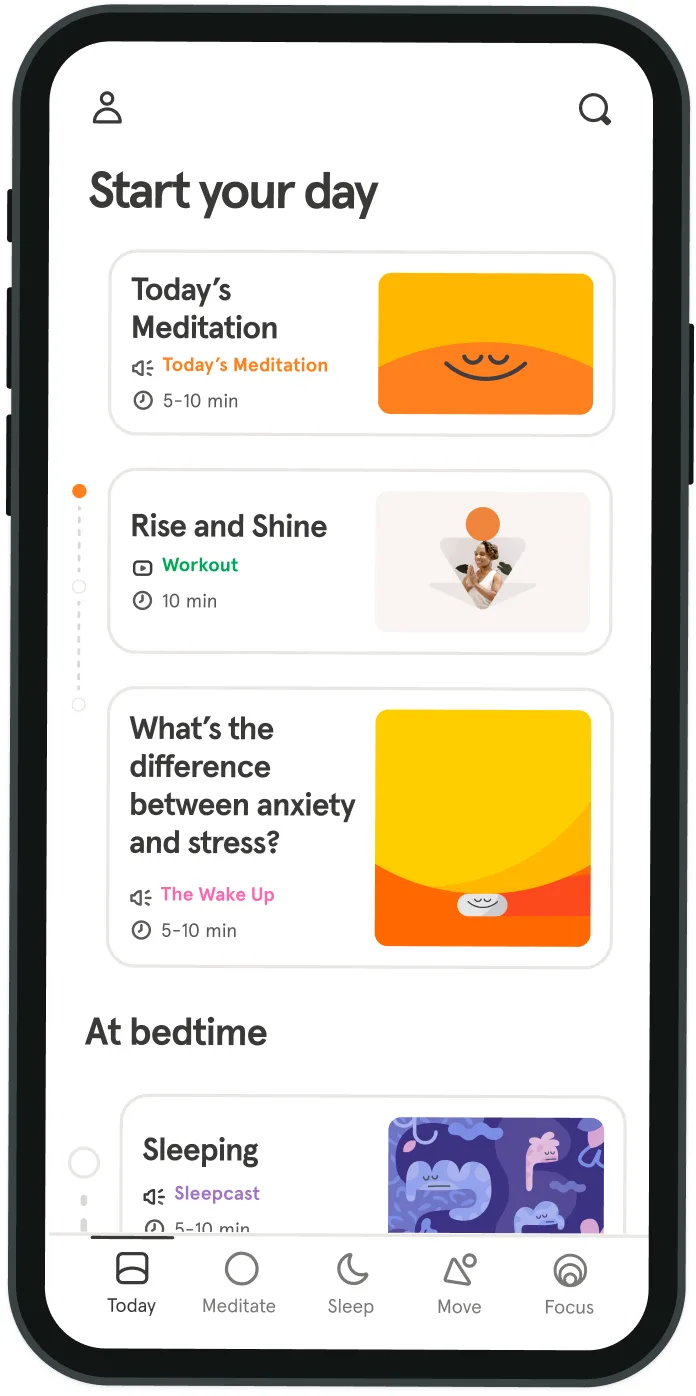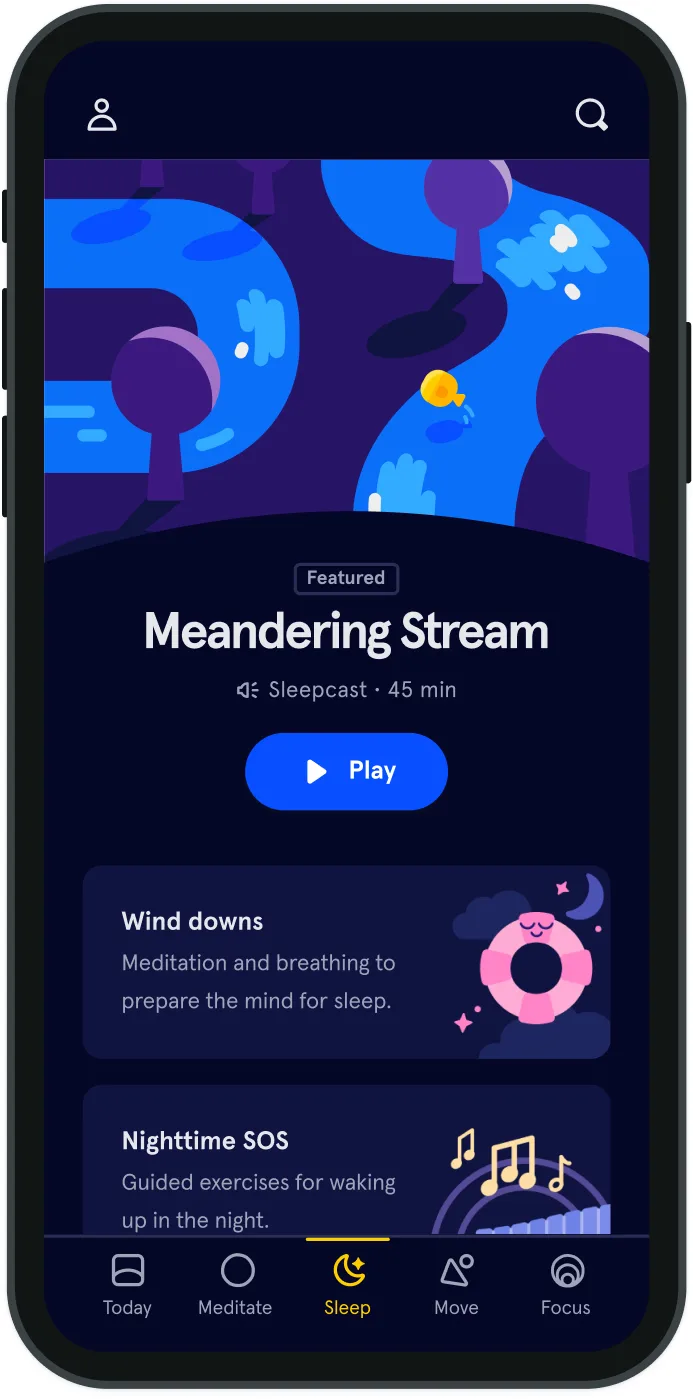We’re addicted to Pokémon Go. And that’s OK.
If you’ve been on the internet at all recently, you’ve definitely heard about Pokémon Go. You know, the smartphone game that turns the real world into an animated monster hunt.
Using technology known as augmented reality, the game uses your phone’s GPS to overlay digital elements on streets, parks, and local landmarks. Players must venture into the real world to catch Pokémon, “pocket monsters”, from the wildly popular Nintendo video game franchise and long-running cartoon series. This can turn a familiar sidewalk into an intense battlefield, or suddenly make the local bodega clerk your rival. Pokémon Go is unique because it gets gamers out of the house and moving around in the open air. In the week since its launch, it’s helped several people become more physically active, encouraging kids to play outside, and even turned one guy’s house into a monster training ground. It also has surprising effects on mindfulness. Pokémon Go increases your awareness of your physical environment…while, at the same time, removing you from it. I downloaded the game three days ago. The first thing I noticed was how accurately it mapped my neighborhood—here was my street corner, my favorite dog park, the river, and so on. Scattered around my community were PokéStops, checkpoints that give your player power-ups and helpful items. Each one is located at a point of interest: a statue, a plaque, an unusual piece of architecture, or even a trash can. Nothing in the real world is too obscure to be a treasure trove in Pokémon Go.
The closest PokéStop to my apartment is called “Gate of Dots.” It’s a beautiful wrought-iron gate with a dot-like pattern (hence its name). I’ve passed by this gate hundreds of times and never stopped to really notice it. A block further, the game alerted me to the “Tiny Mosaic,” a small chunk of sidewalk decorated with colorful tiles—another bit of quirky urban art I’ve never bothered to take in until this moment. I continued playing on my walk to work, and was stunned by the number of interesting spots it shone a light on. I discovered a memorial to firefighters, a hidden church, and a weird-looking tree. The same path I’d been walking for months was suddenly new and full of surprises. That evening, I took my dog to the park I visit almost every day. But this time I found myself poking into hidden corners and venturing into places I’d never fully explored, looking for a wild Pidgey or, perhaps, even a Charmander lurking in the foliage. (My dog loved it. She thought I’d finally become interested in those weird smells that fascinate her.) I also noticed a secondary effect of Pokémon Go: it connects you to new people. Remember how older generations warned us about talking to strangers, especially ones from the internet? This game compels you to do just that. At two separate coffee shops, I struck up conversations with baristas about the best places to find rare Pokémon. On my running path, I compared battle strategies with a group of teenagers. Most smartphone games take you out of the real world, but this one, in a strange way, ties you closer to it. But there are downsides. For one, it’s exponentially more tempting to walk around the city with your face buried in your phone. (Though the first screen of the game does warn you to be aware of your surroundings.) When you’re on the hunt for a rare creature, it becomes really easy to ignore friends and conversations going on around you. Yes, these are the same problems we’ve seen with smartphones over the past few years, but Pokémon Go takes it to a new level of distraction-by-screen. And that’s no fun for anyone around you (unless they happen to be playing too.)
I’ve also noticed that the game changed my sense of purpose throughout the day. A relaxing walk by a pond becomes a quest for the elusive Dratini. Lunch with a friend is now a mission for more power-ups. When there are digital rewards around every corner, it becomes harder to enjoy the world for its own sake. And, really, you’re investing your time in a fictional world, rather than the real one. “Catching ‘em all” can be somewhat satisfying, but let’s be real: that’s time you could probably have spent more productively. So, is Pokémon Go good for mindfulness, or not? It’s a little of both. The game helps me become immersed in the world around me, nudging me to open my eyes to overlooked gems in my community and strike up conversations with complete strangers. But I’m also walking down the street with my eyes glued to a screen— the complete opposite of being present. Really, it’s another digital distraction, another twitch in my over-wired brain—though a highly addictive and surprisingly social one. I recommend giving it a try for a day or two…but if Pikachu and friends get in the way of real life, don’t be afraid to hit the delete button.

When there are digital rewards around every corner, it becomes harder to enjoy the world for its own sake.
Chris Plehal


Be kind to your mind
- Access the full library of 500+ meditations on everything from stress, to resilience, to compassion
- Put your mind to bed with sleep sounds, music, and wind-down exercises
- Make mindfulness a part of your daily routine with tension-releasing workouts, relaxing yoga, Focus music playlists, and more
Meditation and mindfulness for any mind, any mood, any goal
- © 2024 Headspace Inc.
- Terms & conditions
- Privacy policy
- Consumer Health Data
- Your privacy choices
- CA Privacy Notice
